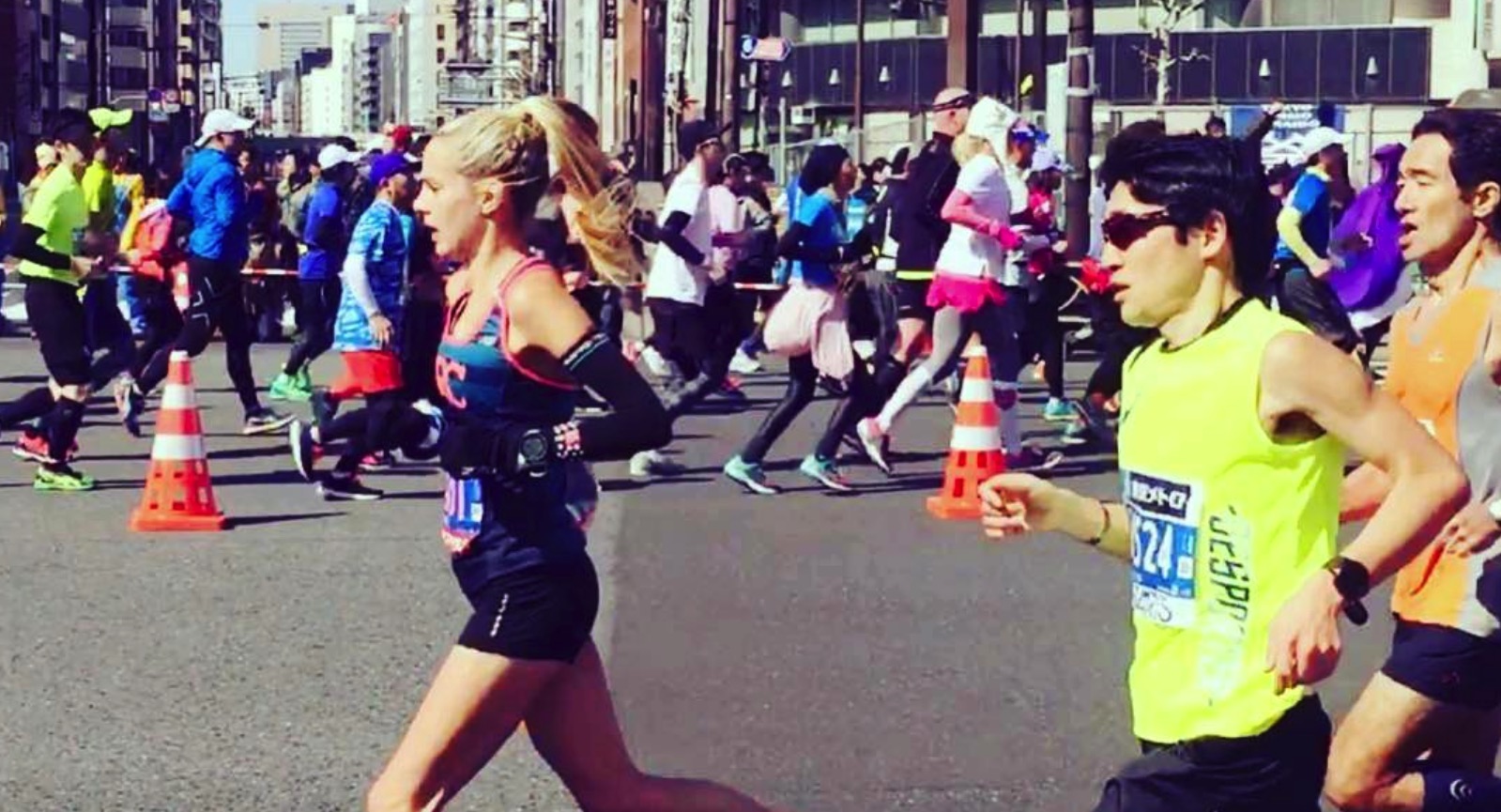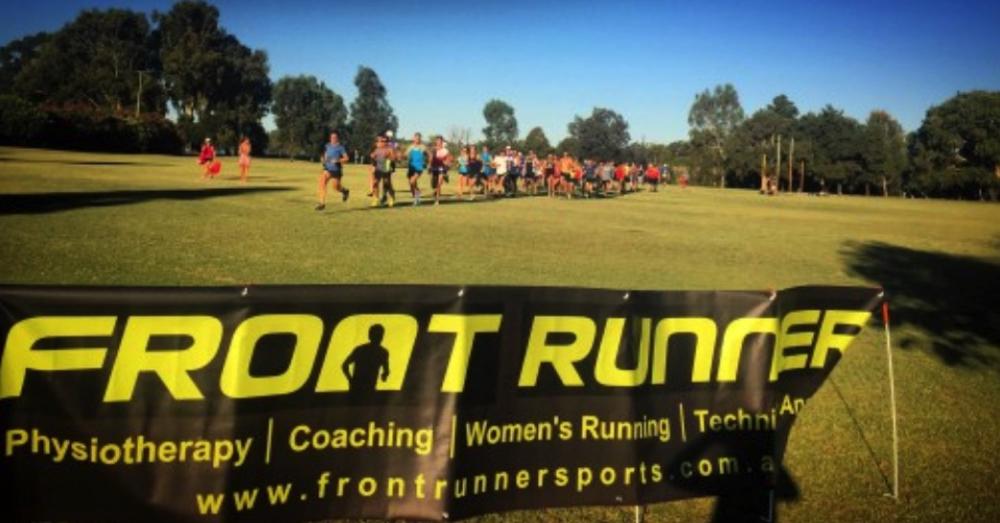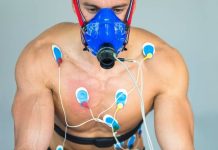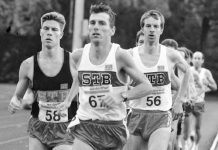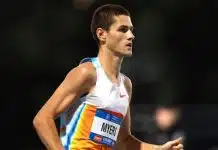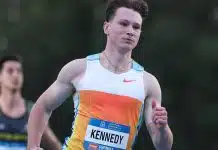Since commencing personalised training programs in 2009, the Front Runner coaching team has been primarily focused on assisting both recreational and competitive runners competing in events ranging from 800m to the Marathon, as well as Full and Half Ironman Triathlon.
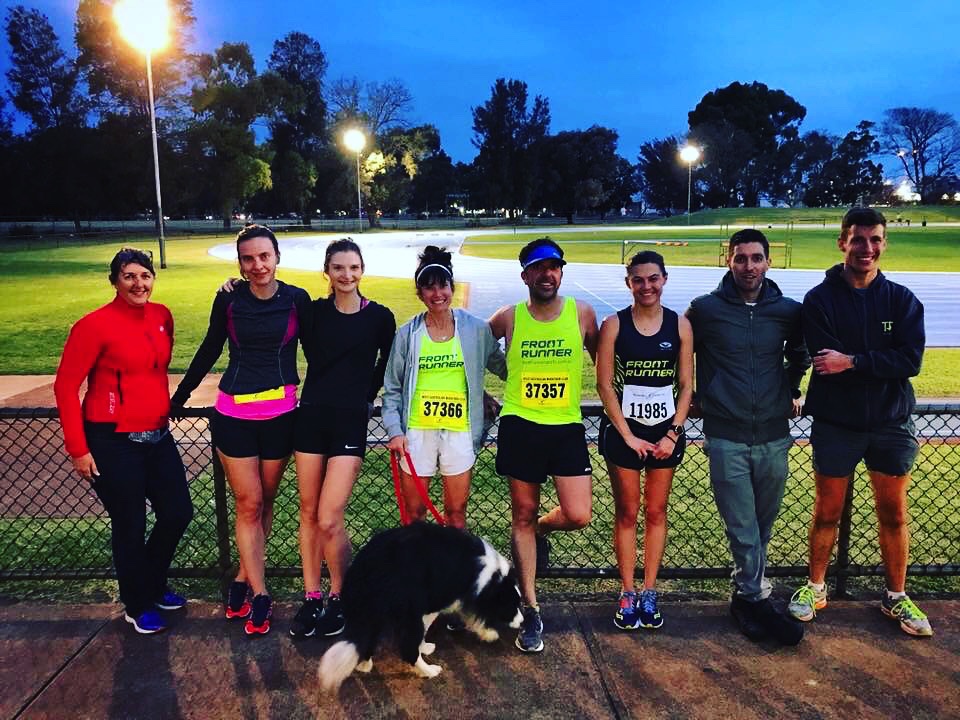
Over time, the tracking of data (through GPS and online training software) and personalised exercise prescription based on the runner’s individual goals and training history, has allowed for empirical data to be compiled from our ever-growing database of motivated and goal-driven runners. As our database grows, we begin to observe certain trends in the data that help guide our coaching team towards more accurate and effective exercise prescription. As well as a strong scientific element to data tracking, working with a team of nine engaged coaches all with individual experiences and qualifications has enabled an excellent structure to develop hypotheses on further improving exercise prescription. With the popularity of the Marathon increasing in recent years, today we look to focus our analysis on this event, focussing on those runners who have broken the magical 3h barrier.
At the 2018 Melbourne Marathon, the 61st Front Runner athlete on an individual exercise prescription bettered the 3hr marathon. The aggregation of this many athletes at a high recreational marathon standard, in combination with monitored training prescription, we can begin to identify some strong data trends. We hope that awareness and knowledge of this data will continue to help our Front Runner community progress towards their individual goals, as well as educated fellow runners and coaches interested in enhancing performance in recreational marathon populations.
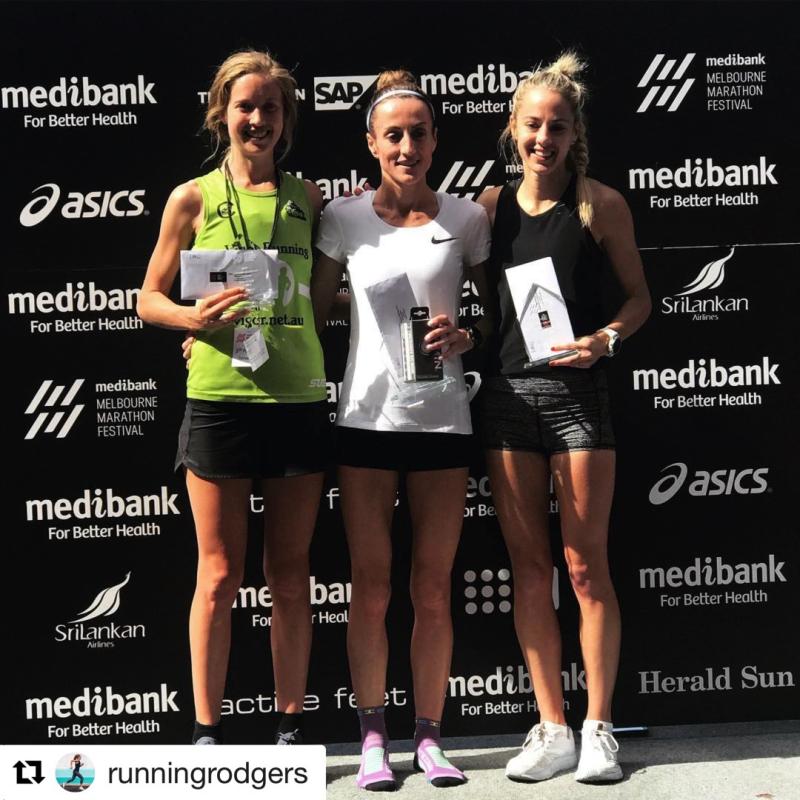
Through ‘Training Peaks’ software, we analysed the data based on what we believe are two key principles for successful distance running and how they related to Marathon performance (goal time).
- Anaerobic Threshold: Measured as their best 10k race time within 12 months of their best marathon
- Volume: Peak 4 week mean volume within the final 3 months of their goal Marathon
A 10km race is a practical estimate of the anaerobic threshold (the upper limit of how well the body can sustainably use oxygen for energy – see more HERE). The lower the 10km time, the higher the anaerobic threshold and the more effectively the runner can utilise oxygen for aerobic metabolism.
The peak mean volume the runners were able to sustain for four consecutive weeks in the lead up to their Marathon is a practical indication of their muscular endurance. As running is a weight-bearing activity, covering 42.2km’s requires significant muscular endurance. Four consecutive weeks were chosen to ensure the volume was a sustainable peak and not a once-off.
Of the 61 Front Runner athletes to have officially broken 3h for the Marathon, objective data was collated from 38 of these athletes.
Full Data Set
| n = 38 | ||
| Volume (km/week) | 10km time | Marathon time |
| Min = 66 | Slowest = 38.10 | Slowest = 2.59 |
| Max = 170 | Fastest = 31.10 | Fastest = 2.25 |
| Mean = 116 | Mean = 35.05 | Mean = 2.45 |
Males Only
| n = 34 | ||
| Volume (km/week) | 10km time | Marathon time |
| Min = 66 | Slowest = 38.10 | Slowest = 2.59 |
| Max = 170 | Fastest = 31.10 | Fastest = 2.25 |
| Mean = 117 | Mean = 34.53 | Mean = 2.45 |
Females Only
| n = 4 | ||
| Volume (km/week) | 10km time | Marathon time |
| Min = 77 | Slowest = 37.30 | Slowest = 2.57 |
| Max = 135 | Fastest = 35.35 | Fastest = 2.43 |
| Mean = 114 | Mean = 36.49 | Mean = 2.51 |
Sub 2h 30min
| n = 4 | ||
| Volume (km/week) | 10km time | Marathon time |
| Min = 140 | Slowest = 32.30 | Slowest = 2.29 |
| Max = 170 | Fastest = 31.10 | Fastest = 2.25 |
| Mean = 159 | Mean = 31.56 | Mean = 2.27 |
2h 30min – 2h 39min
| n = 6 | ||
| Volume (km/week) | 10km time | Marathon time |
| Min = 90 | Slowest = 35.54 | Slowest = 2.36 |
| Max = 160 | Fastest = 31.12 | Fastest = 2.32 |
| Mean = 137 | Mean = 33.19 | Mean = 2.34 |
2h 40min – 2h 49min
| n = 11 | ||
| Volume (km/week) | 10km time | Marathon time |
| Min = 90 | Slowest = 37.15 | Slowest = 2.48 |
| Max = 145 | Fastest = 33.20 | Fastest = 2.41 |
| Mean = 121 | Mean = 34.55 | Mean = 2.44 |
2h 50min – 2h 59min
| n = 16 | ||
| Volume (km/week) | 10km time | Marathon time |
| Min = 66 | Slowest = 37.10 | Slowest = 2.59 |
| Max = 140 | Fastest = 34.50 | Fastest = 2.50 |
| Mean = 95 | Mean = 36.39 | Mean = 2.55 |
Breaking the Sub 3h Marathon (2h 55min – 2h 59min)
For the recreational runner looking to break the magical 3h barrier, our 11-runner data set below indicates the 10km time & peak 4w volume that facilitated the athletes to run a Marathon time between 2h 55min & 2h 59min
| n = 11 | ||
| Volume (km/week) | 10km time | Marathon time |
| Min = 75 | Slowest = 38.10 | Slowest = 2.59 |
| Max = 140 | Fastest = 35.36 | Fastest = 2.55 |
| Mean = 98 | Mean = 36.54 | Mean = 2.57 |
Figure 1: Each runners 10km pace & Marathon pace was plotted against their weekly volume (n = 38). As training volume increased, the difference between 10km and Marathon race pace decreased.

Primary Observation
The clearest trend from the graph on figure 1 is the reduced vertical gap between the trend lines for 10km and Marathon pace as you move to the right. I.e. The MORE volume you run, the LESS difference between your 10km and Marathon pace. We therefore conclude the following: for recreational runners chasing a sub 3h Marathon, your anaerobic threshold will determine the ceiling of your Marathon (i.e. the faster you can get over 10km, the faster your potential Marathon time) and your peak volume will determine how close you can get to that ceiling.
This presents a trade-off as such where runners who spend a lot of time increasing their 10km time at the expense of their weekly volume may find their Marathon may not improve. Alternatively, runners who chase the highest volume possible at the expense of specific training that will improve their 10km time, may also limit their Marathon performance.
Each runner will be different, bringing their own strength & weaknesses to the table. Therefore, to achieve your Marathon goals, we recommend consulting a qualified and educated coach who can provide you with an individualised program that contains an optimal distribution of training load across the week, that is periodised towards your end goal.
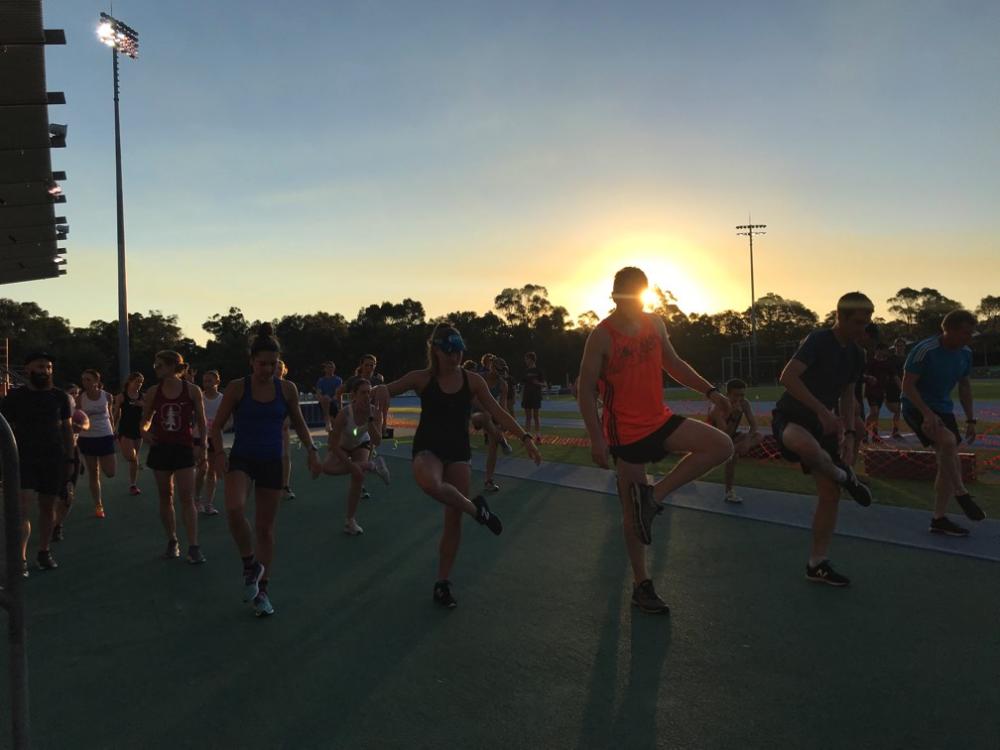
Additional Thoughts
- Specificity: Sustainable volume appears to correlate more closely with predicting Marathon performance than 10k time. This reflects the conditioning and the fatigue resistance of the musculoskeletal system, in addition to the fuelling changes in the cell that may relate to low intensity running specifically.
- The Complete Runner: The 2nd fastest 10km runner was 8th on the Marathon list and the fastest Marathoner was 6th on the 10km list. The 10km & Marathon have similar attributes but different limiting factors, meaning relative success in one event doesn’t directly translate to the other event. To best enhance your Marathon performance, it is our belief that focussing on both volume and threshold increases is crucial to successful Marathon performance.
- VO2 Max: Training repetitions at VO2 max (i.e. above threshold – see HERE) appear to increase the relative risk of injury in recreational to advanced Marathon runners due to their fatigued training status. The perceived exception to this is if the athlete had track running experience from their youth.
- Strength Training: Resistance training that is targeted to the individual is the best asset for Marathon runners to remain consistent with their training. This is achieved by reducing injury risk under the high training loads associated with the Marathon as well as increasing their running economy (reducing energy cost @ Marathon pace). Adherence to strength training programs is most common post injury, however should be maintained where possible when in Marathon training (2x per week to improve strength, 1 x per week to maintain current strength).
- Biomechanics: Functional running drills and strides (see our YouTube channel HERE) that are performed regularly through the training week (as a W/U pre workouts OR post easy runs) appear to be effective strategies for improving running economy in Marathon runners.
- The Group Effect: Group runs for easy aerobic volume sessions correlated with significantly greater adherence to their training program than prescribed but self-directed easy volume sessions. This advocates the role of “jogging groups” as an integral part of a balanced training program for recreational and advanced Marathon runners and not just group training for interval sessions.
We trust you enjoyed our insight into Marathon training and performance. If you wish to know more about this topic, or anything to do with your running training, please get in touch with our expert coaching team who are ready to assist you towards your next running goal! Please email us HERE or see our website HERE
Running Regards,
Team Front Runner


